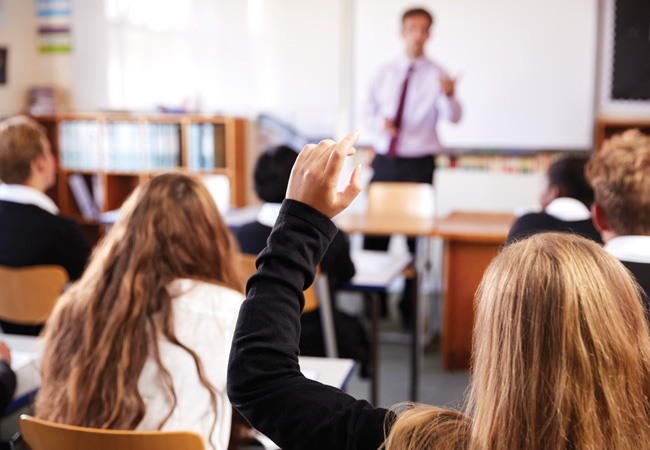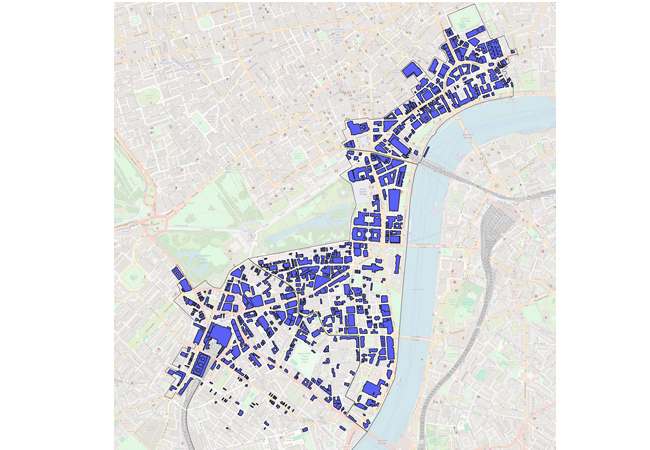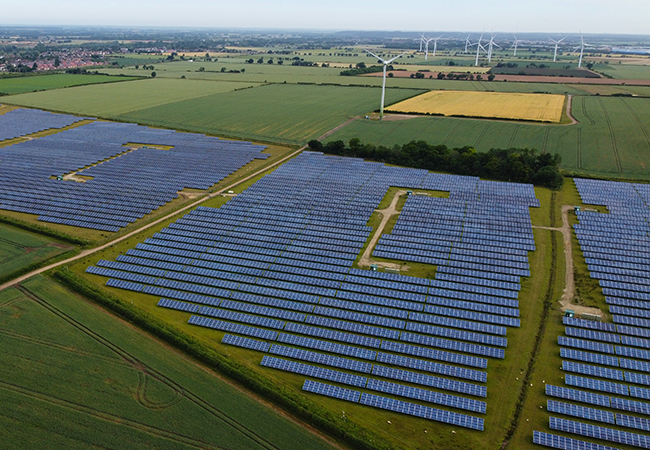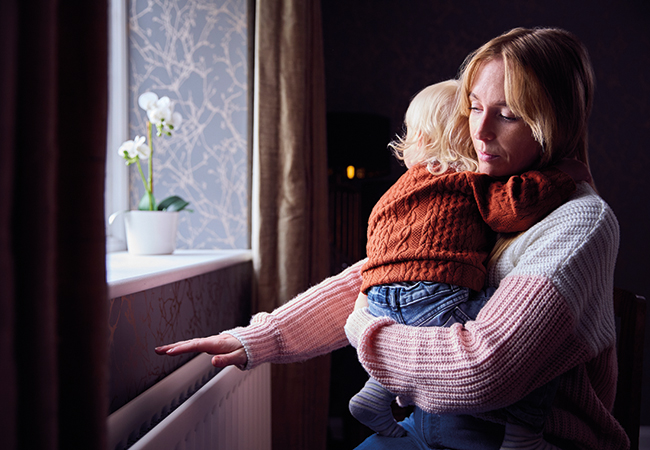
Changes to government guidelines for school buildings published in the new Building Bulletin 101 (BB101) have set challenging targets for improving indoor air quality, thermal comfort and ventilation.
A new requirement for fresh air rates of five litres per second per person is a major change from the last version, published in 2006, with a ‘purge’ fresh air rate set at 8 litres per second per person for all new-build teaching spaces. As a result, many educational facilities are expected to review their air quality strategies and may be forced to carry out expensive upgrades, experts say.
Natural ventilation systems must be able to reduce carbon dioxide (CO2)levels to below 1,500 parts per million (ppm), with mechanical ventilation achieving 1,000ppm. CO2 levels cannot exceed 1,500ppm for more than 20 minutes in any new classroom. Refurbished teaching spaces must now achieve an average CO2 level of below 1,750ppm.
Where mechanical ventilation is used, it should not be the sole means of summertime ventilation in occupied spaces, according to the new BB101. Windows or vents should be provided to ensure an ‘effective opening area’ equivalent to approximately 3-5% of the floor space. Natural ventilation should be the first option for designers where the school is in a rural location, it adds.
The use of ‘hybrid’ or ‘mixed mode’ systems is addressed fully in the guidance for the first time and eliminating cold draughts has been made a priority, to prevent teachers from closing windows and compromising the overall ventilation design.




